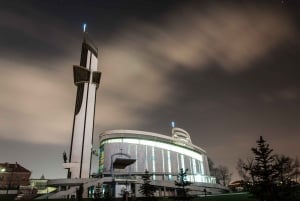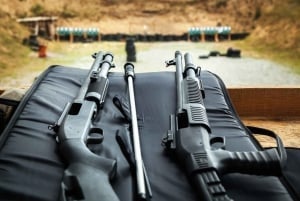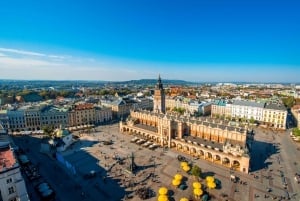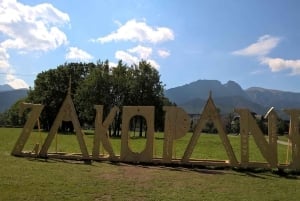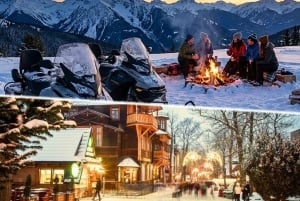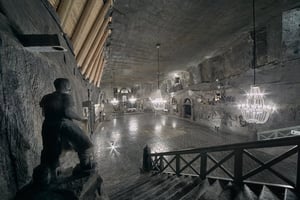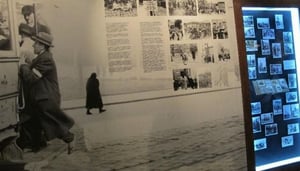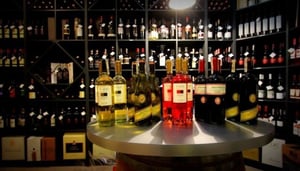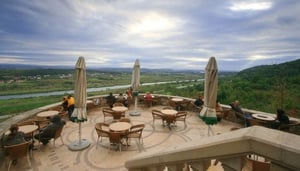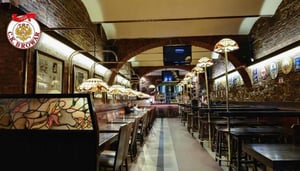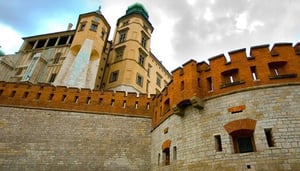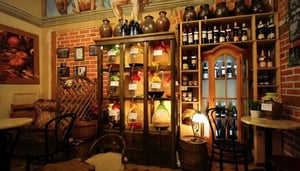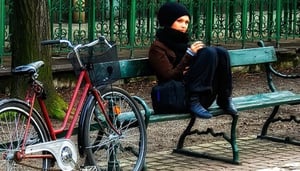Krakow Traditions
| Lajkonik Every year on the first Thursday after Corpus Christi, in commemoration of the successful repulsion of a Mongol (or Tartar) attack, a crowd gathers at the Premonstratensian Convent of St Norbert some 2 km West of the city centre along the Vistula. There, the Lajkonik, or legendary hobby-horse of Krakow, starts his parade with his accompanying band towards the Main Square. His elaborate costume, now based upon a design by Stanislaw Wyspianski, is supposed to represent a Mongol knight, and references an alleged practical joke played by the raftsmen of Zwierzyniec who, after preventing the attack, disguised themselves in Tartar uniforms and with blackened faces, galloped into the city pretending to be the invaders. Once the townspeople saw the funny side of this, the tradition was inaugurated. On his journey towards the Main Square, the Lajkonik aims (delicate) blows at onlookers with his ceremonial mace - to be hit in such fashion confers good luck for the year ahead. |
 |
| Cribs One of Krakow's great Christmas traditions is the display of Nativity scenes, or Szopki, in the Main Square. Taking place on the first Thursday in December, the cribs are displayed around the statue of Adam Mickiewicz until noon, whereupon they are then carried to the National Museum and judged. The winning entries are then put on display. Traditionally the cribs were manufactured by Krakow's craftsmen and artisans, and could be extremely ornate, often taking their inspiration from Krakow's churches; these days, however, the competition is open to all-comers. |
 |
| Hejnal Every hour, on the hour, a haunting trumpet call issues from the taller of St Mary's two towers, as it has for 700 years (barring a minor break during the German occupation in the Second world War). The tune ends abruptly mid-note, commemorating the city watchman shot in the throat by a Mongol archer. These days the trumpeters are drawn from Krakow's fire service, and the noon hejnal is broadcast everyday on Polish national radio. |
 |
| Rekawka An Easter fair that probably owes its origins to pre-Christian times, Rekawka takes place on the Tuesday after Easter on Lasota Hill near the Krakus Mound in Podgorze. In medieval times the celebrations were in honour of the dead, with feasting, bonfires and merrymaking, as well as the giving of alms to the poor. These days the event has scaled down somewhat - the giving of alms was banned by the Austrians in 1897 - but there is still an arts and crafts market, bonfire, and fun and games. The name allegedly derives from the Polish word for "sleeve"; the belief being that the soil the mound was built from was smuggled in people's sleeves. A more prosaic derivation comes the Czech word for coffin, which chimes with its former associations with death rituals. |
 |
Emaus |
 |
| Wianki Another pagan ritual conveniently appropriated by the Church is Wianki, or St John's Night, which takes place on the 23rd/24th June on the riverbank next to Wawel. The tradition is for girls to weave garlands or wreaths containing lit candles, which they would then float on the river. A garland that floated well and kept a steady flame, or that was plucked from the river by a loved one, signified good fortune. Conversely, one that spun around, became entangled or even sank was an omen of trouble in love, or even death. A wreath that became caught up with another girl's would indicate a life-long friendship. These days, Wianki has come to be one of the biggest outdoor events in Poland, with live concerts headlined by such as Jamiroquai and Lenny Kravitz in recent years. The climax of the festival is a spectacular and very noisy fireworks display. |
 |
| Rifle Club Champion The Rifle Club Brotherhood, probably set up in the 13th/14th centuries, was set up as a means of ensuring Krakow had some kind of trained militia in order to repel invaders. Each year, usually in late May, there is a sharp shooting competition at the military shooting range on ul. Wroclawska between members of the fraternity, who take part in traditional costume. The three best shots take part in the final showdown, taking turns to shoot at a wooden cockerel. Whoever shoots away the final piece of the bird is the champion, or Fowler King. The enthronement of the new king takes place in early June, with the retiring king handing over the ritual insignia to his successor at the stroke of noon in front of the Old Town Hall tower on the Main Square. |
 |





